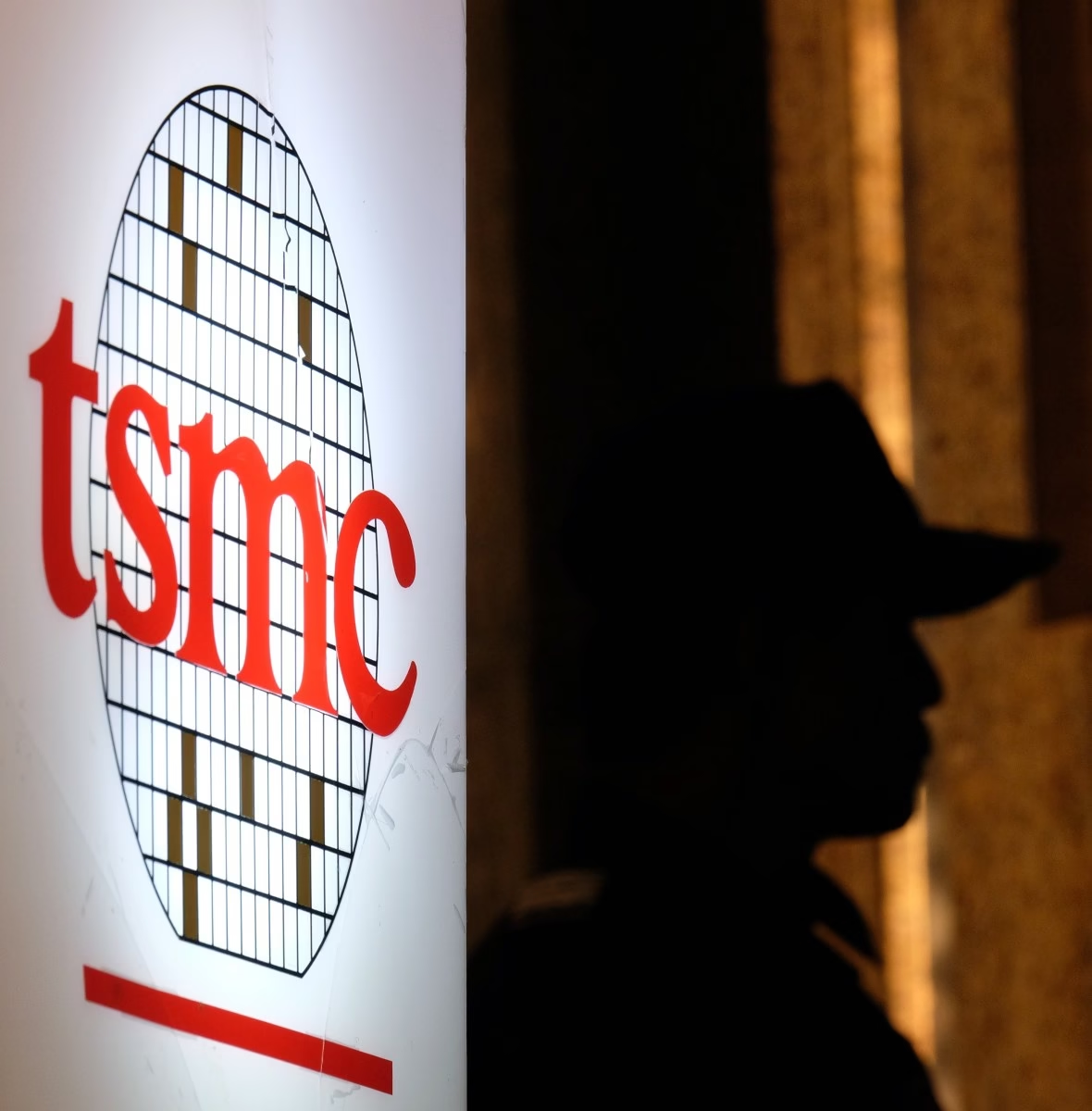Introduction
In today’s hyper-connected world, even a small technology misstep can lead to significant consequences. A prime example of this unfolded when Jeffrey Goldberg, editor-in-chief of The Atlantic, found himself unexpectedly added to a private Signal group chat among Trump administration officials discussing sensitive military operations. This surprising incident sheds light not only on the quirks of modern technology but also highlights the importance of digital communication management—something entrepreneurs and marketers must stay vigilant about, especially in an era where automation and contact syncing are common business practices.
At Trenzest, we closely monitor how small technological oversights can evolve into bigger challenges, offering insights and resources to help businesses stay ahead. Let’s dive deeper into this fascinating story and unpack the broader lessons it holds for leaders and organizations today.
The Accidental Invitation: A Brief Overview
The incident began innocently enough. National Security Adviser Mike Waltz inadvertently added Jeffrey Goldberg to a private Signal chat meant exclusively for Trump administration officials discussing a potential airstrike in Yemen.
Initially, Waltz explained the addition by saying Goldberg’s number had been “sucked in” from another contact. Goldberg, skeptical of the explanation, retorted, “This isn’t The Matrix.” His response encapsulated what many felt—a simple mistake seemed unlikely given the seriousness of the communication.
But as it turns out, the error was a textbook case of unintended technology-driven confusion.
The Role of iPhone’s Contact Suggestions
According to reporting from The Guardian, a more nuanced sequence of events explained how Goldberg’s contact information ended up attached to the wrong name.
Here’s the breakdown:
After Goldberg sent an inquiry email to the White House regarding a story, Trump spokesperson Brian Hughes forwarded the contents of the email via text to Mike Waltz.
Waltz’s iPhone, using Apple’s contact suggestion feature, prompted an automatic update—associating Goldberg’s number with Hughes’ existing contact entry.
When Waltz attempted to add Hughes (who later served as a spokesperson for the National Security Council) to the Signal group, the auto-updated contact entry led him to mistakenly invite Goldberg instead.
This chain of events illustrates how automation features designed to improve efficiency can sometimes backfire when not carefully monitored.
Details of the Internal Investigation
The White House’s information technology office launched an internal investigation to untangle what happened. Their findings emphasized how reliance on smartphone features without rigorous verification can compromise secure communications—even at the highest levels of government.
Interestingly, despite the accidental nature of the incident, it drew attention to the need for better digital literacy and safeguards within sensitive environments.
When asked about his relationship with Mike Waltz, Jeffrey Goldberg remained diplomatic, stating only, “I’m not going to comment on my relationship with Mike Waltz beyond saying I do know him and have spoken to him.”
Key Takeaways for Communication and Technology Management
For entrepreneurs, tech enthusiasts, and marketers, this situation highlights some crucial lessons:
Verify Contact Details Regularly: Automation tools often update contact information without explicit consent. Manual review is essential, especially before initiating sensitive communications.
Invest in Digital Hygiene Training: Organizations should conduct regular training sessions to keep employees informed about potential tech pitfalls.
Implement Layers of Verification: Especially when dealing with sensitive information, double-verification protocols can prevent unauthorized or accidental inclusions.
The Broader Implications for Businesses
This story is a vivid reminder that small digital mishaps can have outsized impacts—not just for governments but for businesses of all sizes. Entrepreneurs implementing CRM systems, marketers automating customer outreach, or tech teams relying on contact management apps must tread carefully.
Small errors—whether a misplaced email, an automated invitation, or an accidental data sync—can expose sensitive information, erode trust, and damage reputations. Learning from high-profile mistakes like this can help businesses create safer, smarter digital environments.
Conclusion: Lessons in Digital Hygiene
The Jeffrey Goldberg incident is more than a quirky anecdote—it’s a cautionary tale for anyone relying heavily on technology in critical communications. Whether you’re leading a government department, scaling a startup, or managing a marketing team, the same principle applies: technology should empower, not endanger, your communication efforts.
By adopting vigilant habits and staying informed, organizations can turn potential vulnerabilities into strengths. At Trenzest, we are committed to providing the tools and insights needed to thrive in the fast-evolving digital world.




